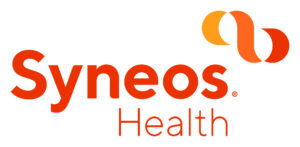Physicians themselves have demonstrated some major behaviour shifts over the course of the pandemic. Data from Veeva shows that whilst only a couple of thousand calls were made using its remote detailing platform in January, those numbers had rocketed to 80,000 per month by June.
“We also see that the average call duration for remote details this year has been around 19 minutes – compared to around two minutes in face to face meetings,” says Alex Brock, managing director, omnichannel & digital Europe at Syneos Health.
“Reps have traditionally been trained to deliver content in a couple of minutes, but now they’re having to sustain in-depth, detail oriented scientific conversations for much longer.
“Many are finding that they don’t actually have the tools or depth of information to do that.”
What this shows, Brock says, is that adapting to this ‘new normal’ is about more than just flipping from one channel to another.
“When you change channels, you also change the context of usage, which means people will interact with you in a different way.”





